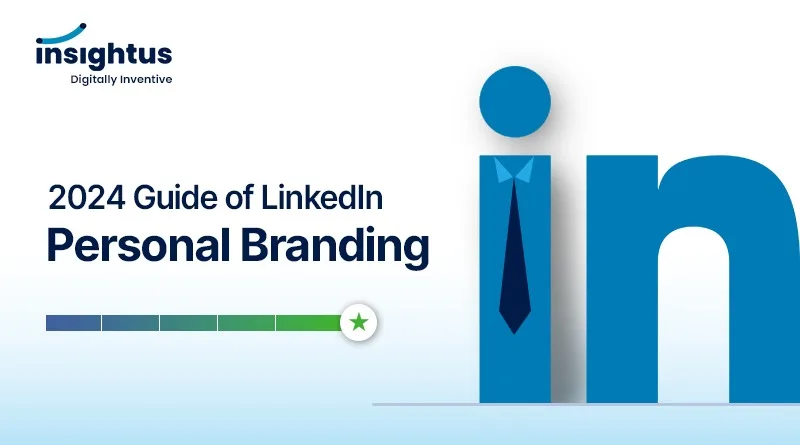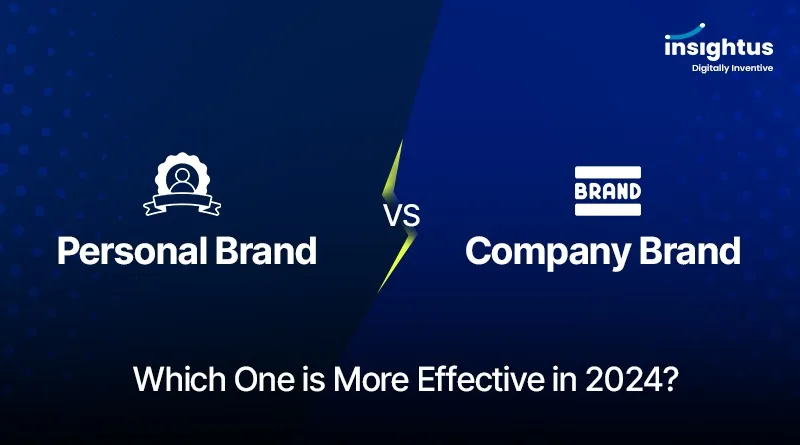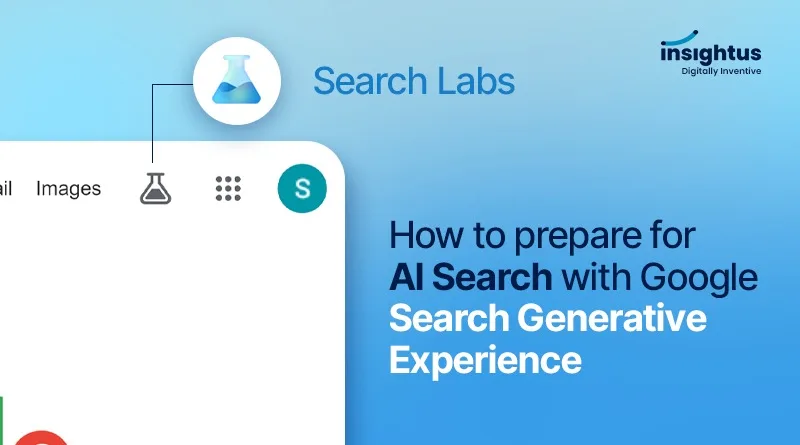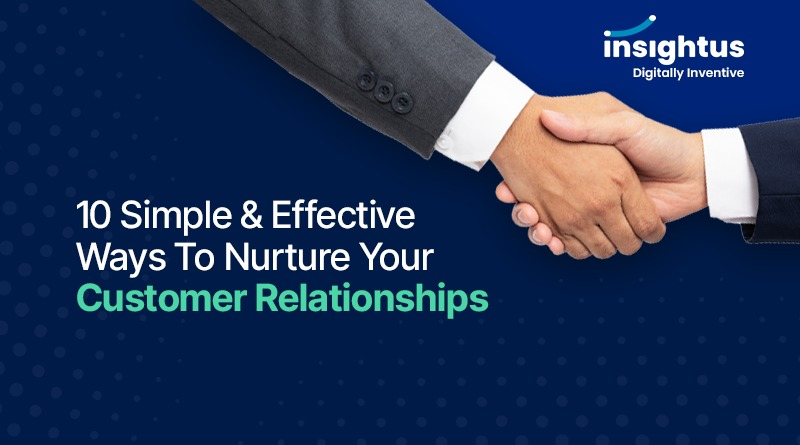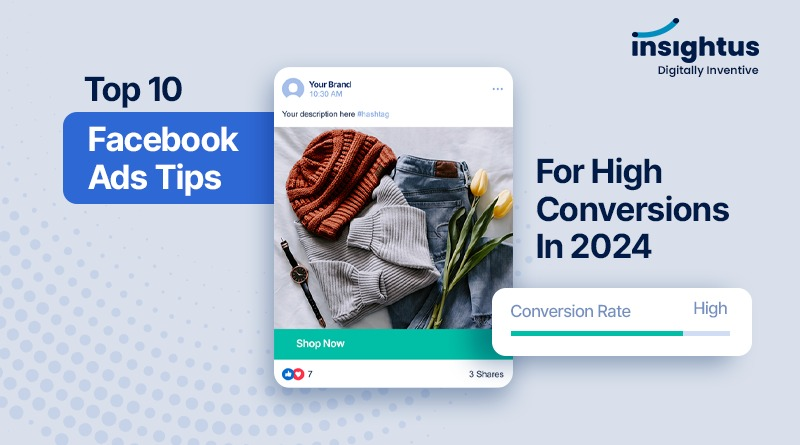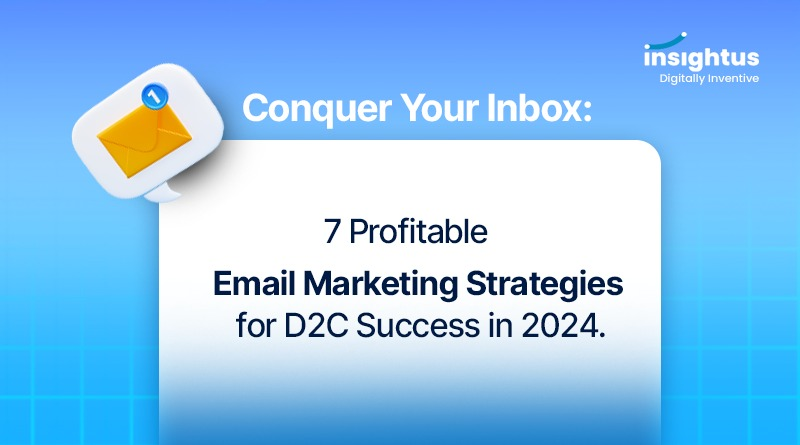Guide to LinkedIn Personal Branding
In 2024, your career success hinges on wielding a new weapon: your personal brand. Forget clunky resumes and impersonal cover letters. LinkedIn has become the platform where you build your reputation, showcase your talent, and attract opportunities like a magnet. Would you hire a faceless profile picture and a one-line job description? Of course not! You crave personality, passion, and expertise. That’s where building a magnetic personal brand on LinkedIn comes in. This guide isn’t just for CEOs and influencers. It’s for you, the ambitious professional: the entrepreneur crafting your empire, the career changer seeking a reinvention, or the rising star eager to launch into the next level. Regardless of your current position, LinkedIn personal branding holds the key to unlocking doors, igniting connections, and ultimately, landing your dream career. Crafting Your Brand Identity: Unmasking Your Professional Superpower Before unleashing your professional prowess on LinkedIn, it’s time to embark on a self-discovery quest. 1. Delving into Your Value Vault: Honesty, creativity, innovation? Defining your core values isn’t just about fluffy buzzwords; it’s about understanding what drives you and motivates you. It’s the compass that will guide your content, interactions, and ultimately, attract like-minded professionals who resonate with your inner world. 2. Unearthing Your Expertise Gems: What makes you tick professionally? Are you a data-crunching analyst, a wordsmith extraordinaire, or a coding wizard? Identify your unique blend of hard and soft skills, the things you do with effortless mastery and genuine passion. These are the diamonds that will set you apart and showcase your value proposition to the world. 3. Weaving Your Narrative Tapestry: The magic happens when you intertwine your values and expertise to create a compelling brand story. Finding Your Tribe: Unmasking Your LinkedIn Audience Image Credit: google.com You’ve crafted your brand narrative. LinkedIn knows your ideal audience is like having a GPS to navigate to career nirvana. 1. Pinpointing Your Professional Tribe: Think beyond generic demographics. Who are the people you most want to connect with? Are they industry titans in your niche, rising stars on the career ladder, or potential clients craving your expertise? Define your ideal audience with laser precision, considering their: 2. Stepping into Their Shoes: Empathy is your secret weapon. Put yourself in your audience’s shoes. What content would they find valuable? What challenges would they want you to address? Craft your content to resonate with their needs and aspirations. Offer actionable solutions, industry insights, and inspirational stories that move them forward. 3. Tailoring Your Voice and Style: No need to wear a suit of forced formality if your audience thrives on casual banter. Adapt your tone and style to resonate with their preferences. Think punchy tweets for fast-paced audiences or in-depth articles for knowledge-hungry professionals. Authenticity is key, so let your personality shine through while keeping your audience engaged. Remember: By identifying your ideal audience, understanding their needs, and tailoring your content to resonate with them. Building Your Online Fortress: Optimizing Your LinkedIn Profile for Maximum Impact Image Credit: google.com To attract allies, repel negativity, and ultimately conquer your career goals, it needs to be impeccably fortified. Let’s raise the drawbridge and embark on a quest to optimize your profile for maximum impact. 1. The Headline: Your Banner of Brilliance: First impressions matter. Your headline is like a billboard shouting your essence to the world. Craft it with precision and punch. Ditch the generic titles and unleash your creativity. 2. The Summary: Your Story of Triumph: This is your chance to weave your brand narrative into a captivating tapestry. Showcase your skills, accomplishments, and values in a way that makes hiring managers and potential clients sit up and take notice. Quantify your achievements, tell powerful anecdotes, and leave them wanting more. 3. The Keyword Arsenal: Unlocking Search Visibility: Research relevant terms your target audience might use to find someone like you. Infuse them naturally into your headline, summary, and experience descriptions, but avoid blatant keyword stuffing. Organic flow is key! 4. The Trophy Room: Showcasing Your Professional Prowess: List your work experience strategically, highlighting achievements that resonate with your brand narrative. Quantify results, use action verbs, and showcase the value you brought to each role. Awards, certifications, and volunteer experiences add credibility and demonstrate your commitment to continuous learning. 5. The Visual Vista: A Feast for the Eyes: Humans are visual creatures. Ditch the blurry selfies and invest in a high-quality headshot that reflects your personality and professionalism. Consider utilizing visuals throughout your profile – industry infographics, project images, or even video introductions can add depth and engagement. Remember: Content Crucible: Forging Thought Leadership on LinkedIn Image Credit: google.com Your profile shines, your audience awaits, now comes the ultimate test: conquering the content realm. Forget stale updates and generic platitudes; it’s time to forge your LinkedIn content into weapons of engagement and thought leadership. 1. Choosing Your Format Forge: Diversity is your friend! Experiment with articles, videos, infographics, LinkedIn stories, or even live sessions to keep your audience on their toes. Consider your target audience and platform trends. 2. The Value Vault: Unlocking Insights and Knowledge: Don’t just preach; educate! Share valuable insights, research findings, and industry trends relevant to your niche. Debunk myths, offer actionable tips, and spark thought-provoking questions. 3. Unleashing Your Inner Guru: Embracing Thought Leadership: Position yourself as an expert. Share your unique perspective, offer innovative solutions, and challenge conventional wisdom. Don’t shy away from expressing your opinions, but back them up with data and compelling arguments. Become the voice that others listen to and learn from. 4. Finding Your Voice: Infusing Personality and Charm: Inject your personality into your content! Use humour, anecdotes, and your own unique writing style to stand out from the crowd. Be authentic, relatable, and don’t be afraid to show your passion. Let your personality shine through and connect with your audience on a human level. 5. Consistency is Key: Forging a Content Habit: Regularity is your secret weapon. Post consistently, whether it’s daily, weekly, or bi-weekly. Develop a content calendar and stick
Guide to LinkedIn Personal Branding Read More »

